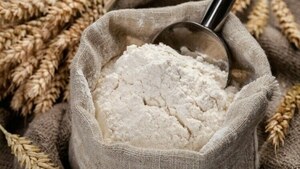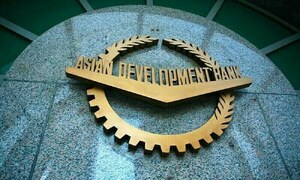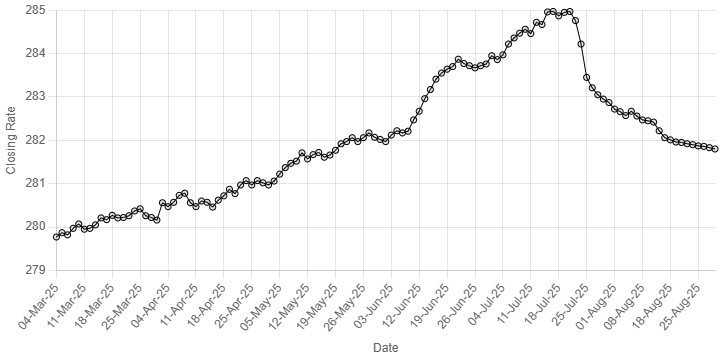British manufacturing output unexpectedly fell at its fastest rate in nearly three years in March, suggesting there was almost no chance the Bank of England would hike interest rates later on Monday. The Office for National Statistics said manufacturing production fell by 1.6 percent in March. Outside of June 2002, when factories shut down to celebrate Queen Elizabeth's jubilee, output had not fallen so much in a decade. Analysts had predicted a small rise. Overall industrial production also nose-dived, by 1.2 percent and the ONS said GDP growth could be as much as 0.13 percentage points lower than the 0.6 percent initially reported.
"As low as 0.4 percent is now possible," said Malcolm Barr, UK economist at J.P. Morgan.
Economists were concerned that the weak figures predated the collapse of car manufacturer MG Rover which surveys showed hit suppliers hard in April.
Short sterling interest rate futures and government bonds rallied while the pound fell as dealers marked down expectations of any more BoE interest rate hikes.
The central bank is due to announce its monthly rate decision at 1100 GMT and is overwhelmingly expected to leave borrowing costs pegged at 4.75 percent for the ninth month running.
Many economists are now predicting rate cuts by the end of the year as the figures follow a run of weak consumer data which suggest that the newly-reelected Labour government may not be able to bank on the strength of the economy for much longer.
But the Treasury was unperturbed and noted that surveys still pointed to expansion.
"Manufacturing output grew by 1.4 percent last year and recent survey data suggests continued growth in 2005 with output increasing for the 23rd consecutive month in April," a spokesman said.
"Looking forward, surveys indicate manufacturing firms expect continued growth this summer."
Separately, the ONS said factory gate prices rose 0.7 percent in April and by 3.2 percent on the year, much more than analysts' forecast for a 2.8 percent annual rise.
Seasonally adjusted core output prices also rose more than expected by 0.2 percent on the month, compared to a forecast of 0.1 percent. Input prices rose a seasonally adjusted 0.3 percent compared to an analyst forecast for a 0.1 percent fall.
"The core output prices measure does suggest that the risk of cost-push inflation is still very much there," said Mark Miller, economist at HBOS Treasury Services.
BR100
15,085
Increased By
112.5 (0.75%)
BR30
44,012
Increased By
987.7 (2.3%)
KSE100
148,618
Increased By
1274.3 (0.86%)
KSE30
45,248
Increased By
370.7 (0.83%)





















Comments
Comments are closed.